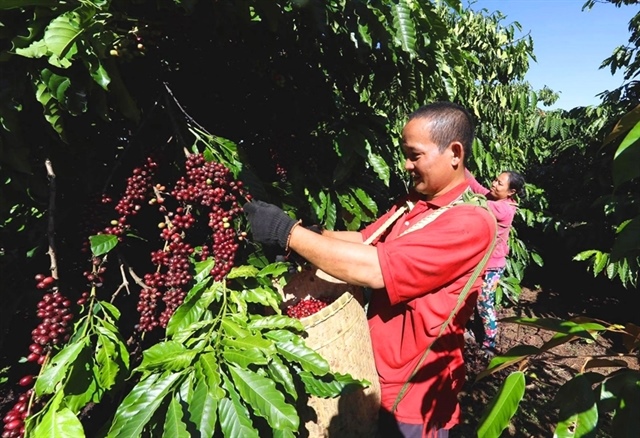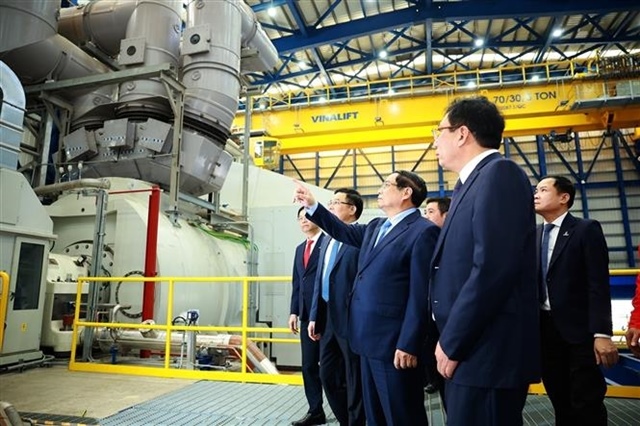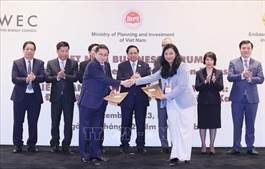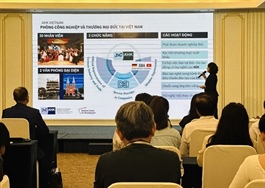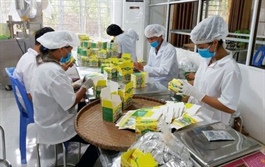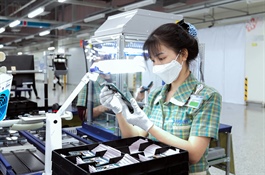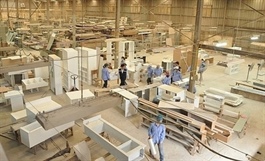VN studies international experiences for carbon trade exchange design
VN studies international experiences for carbon trade exchange design
Việt Nam is learning from international experiences to develop a carbon market to ensure its appropriateness to the country’s legal framework and infrastructure system.
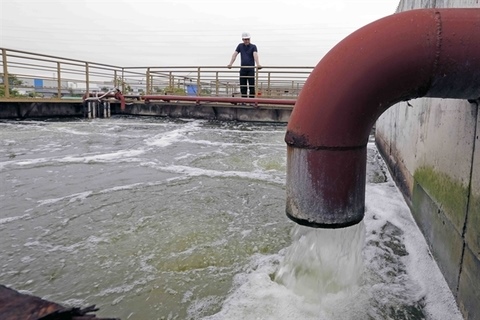
Wastewater treatment system in Nam Cầu Kiền Industrial Zone, Hải Phòng City, which aims to become a circular eco-industrial zone. The carbon market is one of the important carbon pricing tools towards the net-zero goal by 2050. — VNA/VNS Photo Trần Việt |
The carbon market is one of the important carbon pricing tools towards the net-zero goal by 2050, Hồ Thị Hằng, deputy director of the Legal Department under the Ministry of Finance, said.
Hằng said learning international experiences in developing and operating carbon trade exchanges is important to choose a suitable exchange design and build roadmaps for implementation in Việt Nam.
Phạm Phan Dũng, from the Environment and Ecology Institute, said that besides regulations related to taxes, Việt Nam has developed regulations for the carbon market, but the legal framework is not sufficient for the formation and operation of the carbon market.
“It is necessary to build a carbon trade exchange to promote the development of the carbon market in Việt Nam,” he said.
Two options are proposed for the carbon trade exchange design. The first is to establish an exchange based on the infrastructure system of the stock exchanges. The second option is to build an independent exchange of stock exchanges, which will be run by the Ministry of Natural Resources and Environment.
Dũng opted for the first option, proposing a pilot plan to operate a carbon trade exchange using the stock exchange’s infrastructure system.
In particular, the Ministry of Natural Resources and Environment will be in charge of designing, building, and managing this market with activities such as establishing a carbon credit and quota registration system, issuing regulations about Measurement, Reporting, and Verification (MRV), and setting requirements for quotas, credits, and participants.
Meanwhile, the Ministry of Finance will manage the carbon trade exchange with the participation of the State Securities Commission, Việt Nam Exchange, and Việt Nam Securities Depository and Clearing Corporation (VSD).
What needs to be done by 2025 is to complete regulations for the domestic carbon market, including the legal framework, registration system, and infrastructure development for trading, he said. Starting from 2028, the market will be piloted and put into full operation after that, he added.
According to carbon expert Albert de Haan, many countries have developed emissions trading systems (ETSs) as an important solution to implement nationally determined contributions (NDCs).
For example, the ETS of the UK has the annual cap for 2023 at 147.2 million tonnes of CO2 equivalent.
He stressed that the important message of the carbon market is to increase the efficient use of energy. Many countries have achieved success in implementing ETSs, from which Việt Nam can learn.
For Việt Nam, he said the Government should be in charge of establishing regulations for ETS and managing its operation. It is important that Việt Nam finds the most suitable model for ETS, its operational scope, and the market participants, he said.
Sharing experiences from the Republic of Korea, Hyun Shin Park from Ecoeye said the carbon trade exchange is an important part of the ETS, which plays a role in facilitating the trading of carbon credits to ensure transparency.
Besides clear regulations about market participants, it is necessary to have a user-friendly, safe, and effective platform, together with an analysis of market data and trading products, she said.
She recommended that Việt Nam develop detailed and consistent regulations and instructions based on the environment law.
Việt Nam could take advantage of the existing infrastructure to save time and resources, she stressed.
The carbon market was first mentioned in the Prime Minister’s Decision No. 1775/QĐ-TTg dated November 21, 2012, about approving the project on managing greenhouse gas emissions and carbon credit trading to foreign markets.
In 2020, the National Assembly passed the Law on Environment which regulates in detail the development of the domestic carbon market. Decree No 06/2022/NĐ-CP about reducing greenhouse gas emissions and protecting the ozone layer also sets specific goals for developing the domestic carbon market.


